Theoretical physics has developed hand-in-hand with mathematics. It seems almost impossible to imagine describing the fundamental laws of reality without recourse to a mathematical framework; at the same time, questions in physics have inspired many discoveries in mathematics. In the seventeenth century, for instance, Isaac Newton and Gottfried Wilhelm von Leibniz independently developed calculus, a technique that formed the bedrock of much of Newtonian mechanics and became an essential tool for physicists in the centuries that followed. Newton laid the groundwork for the development of modern theoretical physics as an essentially mathematical discipline. By contrast, mathematics appears to play far less of an integral role in the other sciences.
Connections between pure mathematics and the physical world have sometimes only become apparent long after the development of the mathematical techniques, making the link seem even stranger. In the 1930s, for example, physicist Eugene Wigner realised that the abstract mathematics of group and representation theory had direct relevance to particle physics. By uncovering symmetry principles that relate different particles, physicists have since been able to predict the existence of new particles, which were later discovered. In 1960, Wigner wrote an essay pondering such correspondences entitled, The Unreasonable Effectiveness of Mathematics in the Natural Sciences.
This issue is also of particular interest to FQXi. One of the Institutes scientific directors, Max Tegmark, has attempted to explain this intimate relationship by positing that physical reality is not simply represented by mathematics, it is mathematics. This mathematical universe hypothesis has been expounded in Tegmarks book, Our Mathematical Universe: My Quest for the Ultimate Nature of Reality , published in 2014. However, his view remains controversial.
So, why does there seem to be a mysterious connection between physics and mathematics? This is the question that FQXi posed in our 2015 essay contest. We asked entrants to consider whether the apparently special relationship between the two disciplines is real or illusory: trick or truth? The contest drew over 200 entries, from thinkers based in 41 countries across 6 continents, both within and outside the academic system. A key aim of these essay contests is to stimulate discussion and the online forum for the contest has generated over 7,000 comments, to date. This volume comprises 19 of the winning essays, which have been expanded and modified from their original forms by the authors, in part, to address points raised by commentators in the forums.
In Chap. , our first-prize winner, Sylvia Wenmackers, argues that the effectiveness of mathematical models at describing the physical world may not be as unreasonable as it appears at first sight. We must remember, she says, that humans are children of the cosmos who have evolved as part of the universe that we seek to describe. When this is taken into account, she says, our ability to model the world is far less strange.
Our joint second place winners, Matthew Saul Leifer and Marc Sguin, both wrote essays that explicitly address Tegmarks assertion that physics is mathematics. In Chap. , Sguin takes Tegmarks argument to what he says is its logical conclusion. He states that the hypothesis implies that we must live in a Maxiversea multitude of universes in which every possible observation happens somewhereand he outlines its implications.
Tommaso Bolognesi also considered Tegmarks mathematical universe hypothesis in his essay. Bolognesi was awarded the prize for most creative presentation for a fictional work, reproduced in Chap. provides another inventive take on the question: Ian Durham presents two characters from Lewis Carrolls Alices Adventures in Wonderland discussing the possibility that there are two realities, representational and tangible, and how to reconcile them. Durhams essay won FQXis entertainment prize.
The authors of Chaps. each use concrete examples to explain why mathematics has been so successful at describing the physical world, despite being the product of human creativity. Kevin Knuth discusses the derivation of additivity, while Tim Maudlin uses a different mathematical language to explain geometrical structure. Ken Wharton uses the example of the flow of time to demonstrate why branches of mathematics often develop faster than the physical models to which they are applied.
A number of entrants addressed Wigners original claim concerning the unreasonable effectiveness of mathematics head on. In Chap. , Sopha Magnsdttir takes on the role of a pragmatic physicist to make the case that scientific models do not have to be mathematical to be useful.
The puzzle of how humans can make sense of physics, at all, is tackled in Chaps.. In their essay, Alexey Burov and Lev Burov consider the fine-tuning of the fundamental laws of nature that give rise not only to life, but also make the universe understandable to people. The out-of-the-box thinking prize was awarded to Sara Imari Walker who argued that the comprehensibility of the universe is not so astonishing if we accept that the evolution of the structure of reality will favour the development of states that are connected to other existing states in the universe.
Some entrants delved more deeply into the relationship between mathematics and the human mind. In Chap. , which invokes cognitive science to explain how the abstract features of mathematics have seeds not in some Platonic plane, but within the brain.
Finally, in Chaps. , Philip Gibbs (the winner of our non-academic prize) and Cristinel Stoica use examples from modern physics to review many of the questions surrounding the mysterious connection between mathematics and physicsshowing why it is so hard to uncover whether that relationship is a trick or truth.

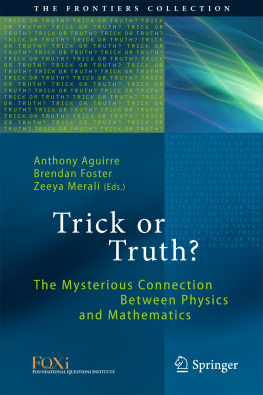
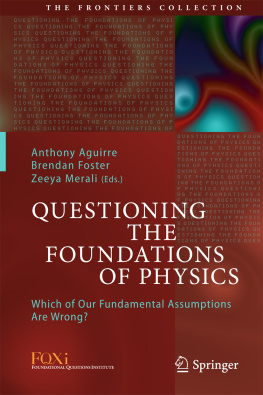

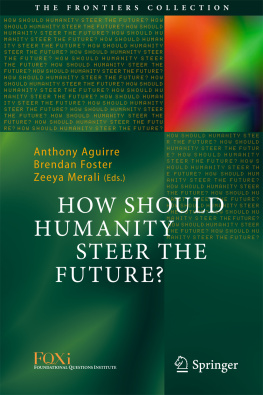

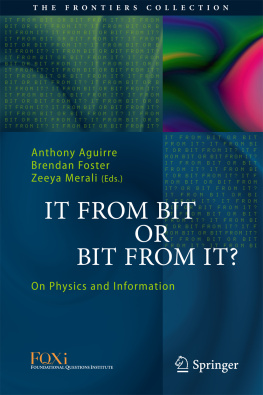
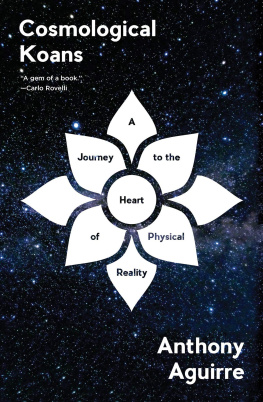
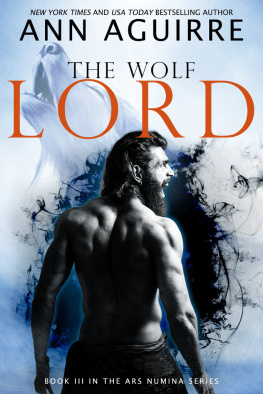
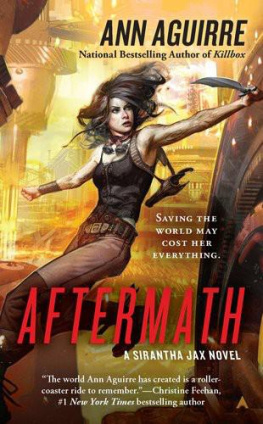


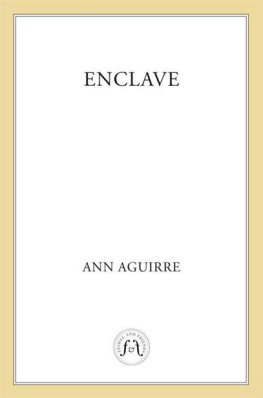



 Wigner, E. in The Unreasonable Effectiveness of Mathematics in the Natural Sciences, Communications in Pure and Applied Mathematics (John Wiley & Sons: 1960).
Wigner, E. in The Unreasonable Effectiveness of Mathematics in the Natural Sciences, Communications in Pure and Applied Mathematics (John Wiley & Sons: 1960). Tegmark, M. in Our Mathematical Universe: My Quest for the Ultimate Nature of Reality (Random House: 2014).
Tegmark, M. in Our Mathematical Universe: My Quest for the Ultimate Nature of Reality (Random House: 2014).